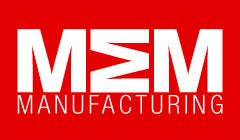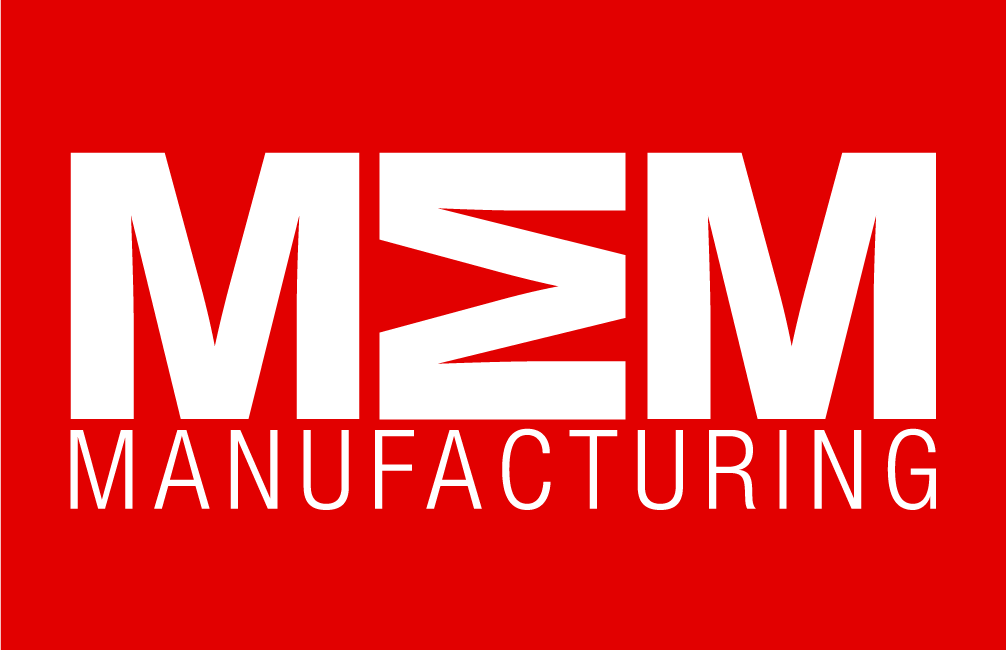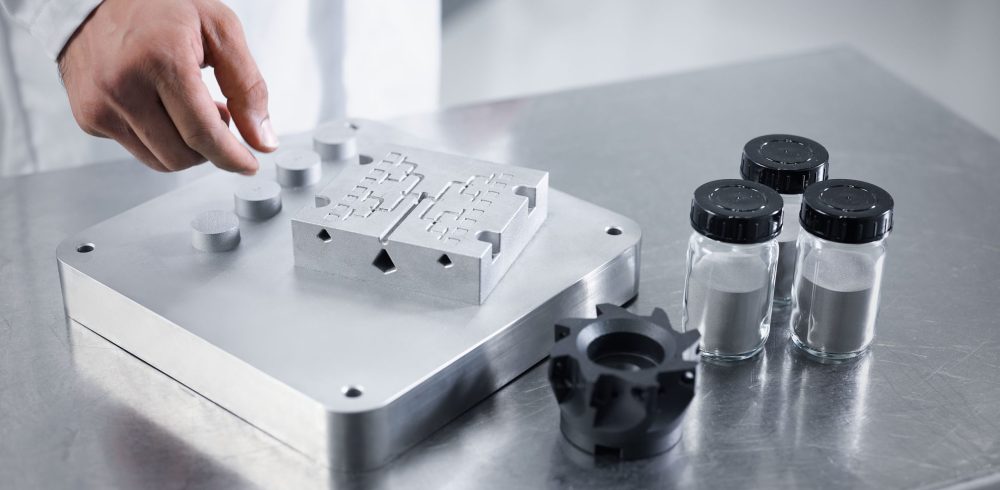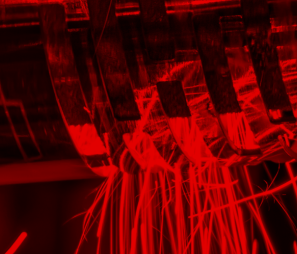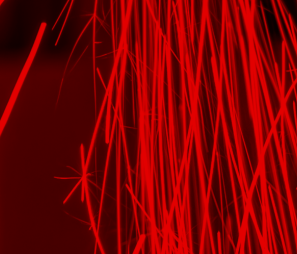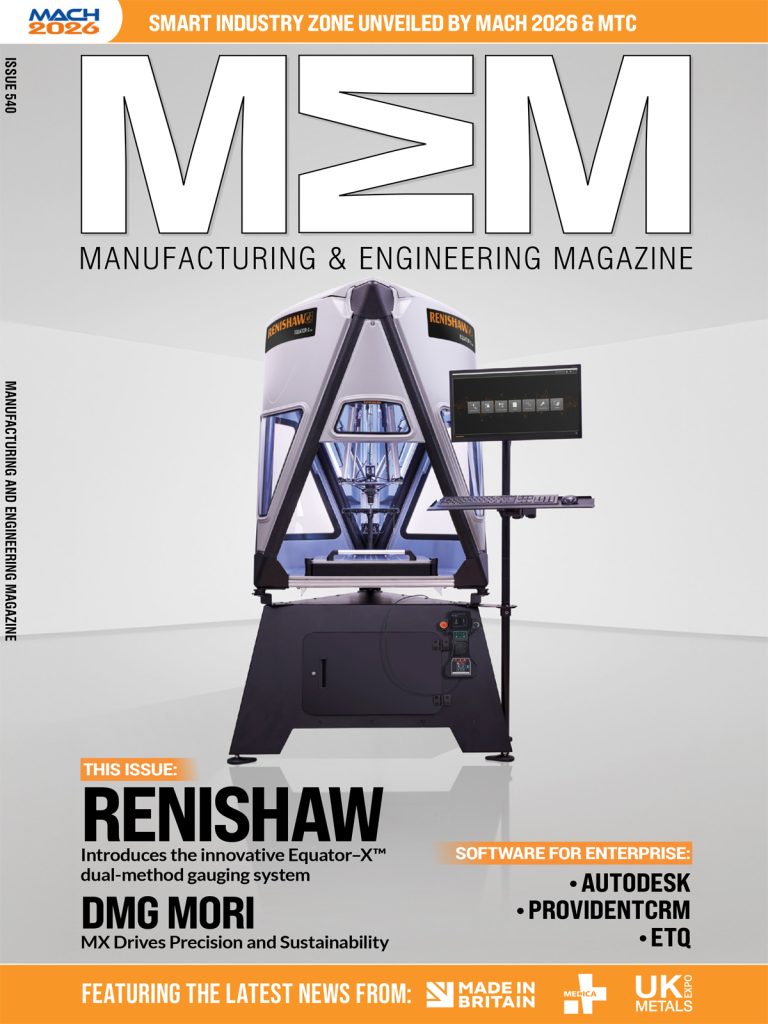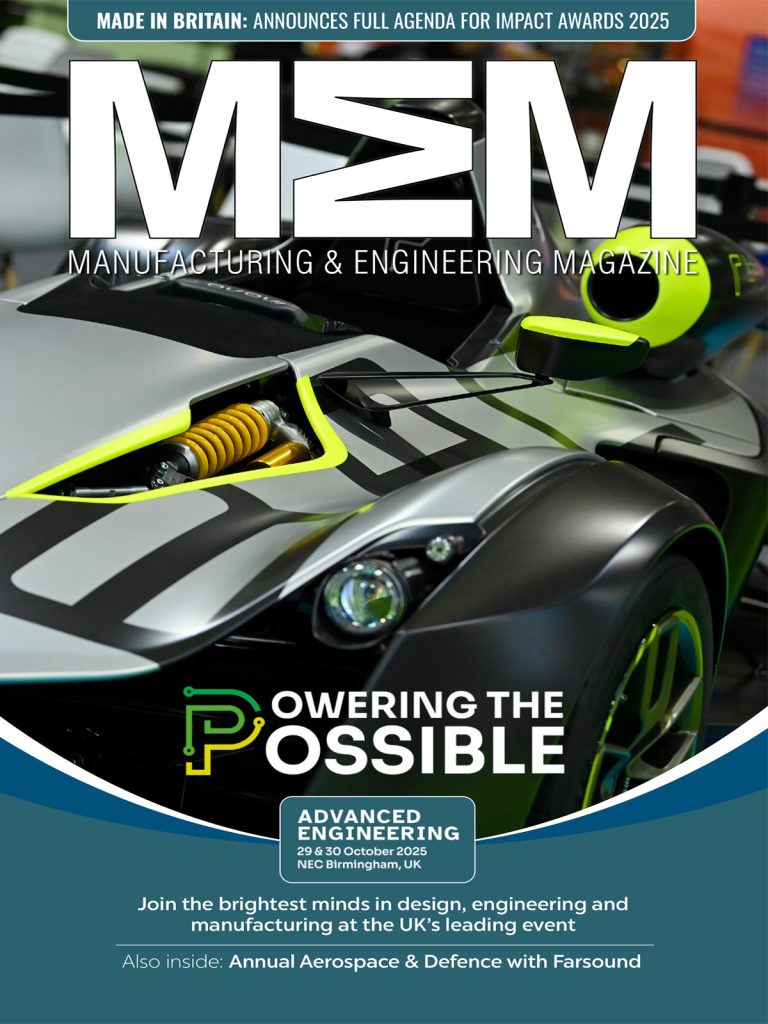Sandvik introduces Osprey® HWTS 50, a lean hot-work tool steel powder designed for enhanced printability. Primarily developed for laser-based Additive Manufacturing (AM), it is also well-suited for Hot Isostatic Pressing (HIP) and Metal Injection Molding (MIM). Tempering and thermal fatigue resistance as well as thermal conductivity are improved compared with conventional H-class hot work tool steels. These advanced properties effectively address many common challenges in hot-work applications within general engineering.
Osprey® HWTS 50 improves the processability in Laser Powder Bed Fusion (L-PBF), lowering the susceptibility of cold cracking compared with conventional H-class hot work tool steels. Typical applications include high-pressure die casting dies, injection molds, and hot forming tools.
The chemical composition is tailored for improved hot hardness at temperatures exceeding 600°C (1 112°F). It is characterized by lower carbon content compared with those of medium carbon hot work tool steels and modifications to the carbide forming elements. This is to ensure a comparable or even enhanced tempering resistance despite lower carbon wt.%.
The thermal conductivity of Osprey® HWTS 50 is higher compared to medium carbon tool steels over a wide temperature range. High thermal conductivity is beneficial for applications running at elevated temperatures, such as die casting and forging. It ensures rapid and efficient heat dissipation, resulting in faster cycles.
Faraz Deirmina, Principal Metallurgist in metal powder at Sandvik, says:
“Additive manufacturing is increasingly being used to produce tools and dies with near surface conformal cooling channels. Besides optimizing processing parameters, it is important to develop chemistries specifically tailored for this technology to address fabrication challenges. Osprey® HWTS 50 is designed to alleviate these challenges making it highly suitable for tooling applications at elevated temperatures. Examples are hot forming dies, extrusion and injection molding dies, and high pressure die casting dies.”
Osprey® HWTS 50 metal powder is manufactured by either induction melting under Vacuum Inert Gas Atomization (VIGA) or melting under argon prior to Inert Gas Atomization (IGA), producing a powder with a spherical morphology which provides good flow characteristics and high packing density. In addition, the powder has a low oxygen content and low impurity levels, resulting in a metallurgically clean product with enhanced mechanical performance.
With the alloy design philosophy behind HWTS 50, Sandvik is contributing to a more sustainable future in several ways. By using leaner compositions optimized through computational tools, we increase resource efficiency and extend the lifetime of components, which in turn reduces energy consumption and CO2 emissions. Additionally, computational tools enable faster and more eco-friendly alloy development with optimized chemistries, outperforming traditional trial-and-error methods.
Sandvik has a patent pending for Osprey® HWTS 50 covering the composition of the alloy.
Key characteristics of Osprey® HWTS 50:
• Processability: Improved processability in L-PBF, reducing cold cracking compared to conventional hot-work tool steels.
• Chemical composition: Optimized for improved hot hardness, tempering, and thermal fatigue resistance. It features lower carbon content and modified carbide-forming elements to ensure comparable or improved tempering resistance.
• Thermal conductivity: Approximately 35 W/mK at room temperature, providing excellent performance in high-temperature applications such as die casting and forging.
• Hardness: Depending on tempering temperature, a hardness range of 40 to 50 HRC in combination with excellent tensile and impact properties can be achieved, ensuring the longevity and durability of molds and dies under high stress conditions.
Manufacturing & Engineering Magazine | The Home of Manufacturing Industry News
